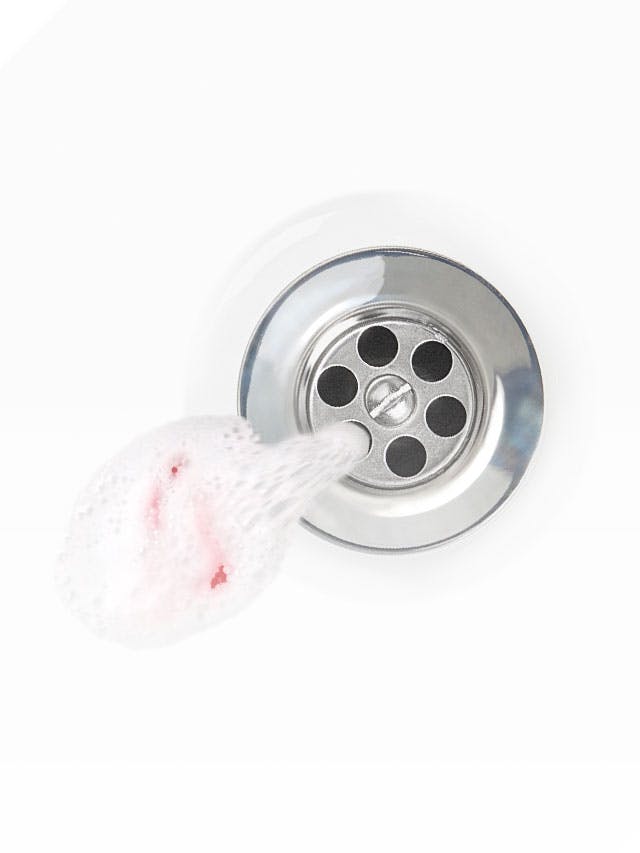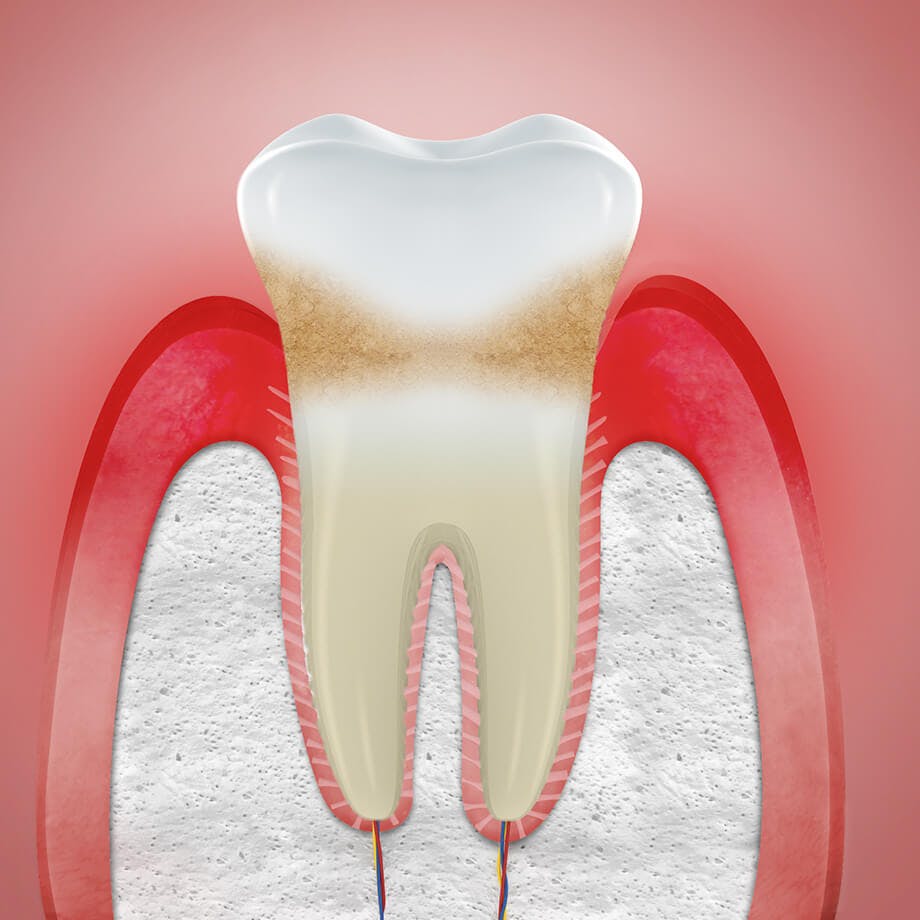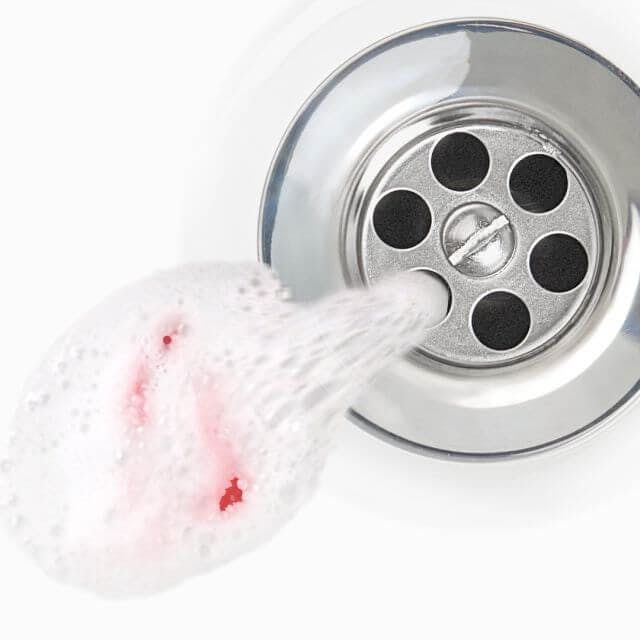Select location:
MY


Symptoms of Gum Disease
What causes swollen gums?
While healthy gums are pink and firm, swollen gums tend to be red and puffy. They are often one of the symptoms of gum disease, so it’s important to speak to a dentist as soon as possible because there could be worse to come.
The most common cause of swollen gums (also called inflamed gums) is plaque bacteria that constantly builds up on, around and in between your teeth. It tends to develop when food particles containing carbohydrates (sugars and starches) are left to linger in the mouth.
Unless the plaque bacteria is removed (usually by brushing), it can cause swollen gums around the tooth. This inflammation may eventually spread to the gum socket that holds the tooth or even lead to more serious problems like periodontitis.
There are other causes of swollen gums too, though, so it’s important to talk to your dentist if you have any concerns.

Treating swollen gums
As well as speaking to your dentist and attending regular check-ups, there are several things you can do to remove plaque bacteria and, in doing so, help treat swollen gums.
- Brush with parodontax Daily Fluoride Toothpaste, which is effective at removing the build-up of plaque along the gum line* (the area where the gum meets the tooth), helping to keep gums healthy and teeth strong.
- Use an electric or manual toothbrush with soft round bristles and a small head, paying careful attention to the space where the gums and teeth meet.
- Floss or use interdental brushes, which can help remove plaque bacteria from difficult to reach areas, like in between your teeth.
- Visit your dentist regularly as they may spot problems with your gums before you have any symptoms. If you do experience bleeding gums, report it promptly so your dentist can help you treat it before it becomes more serious.
*with twice daily brushing


